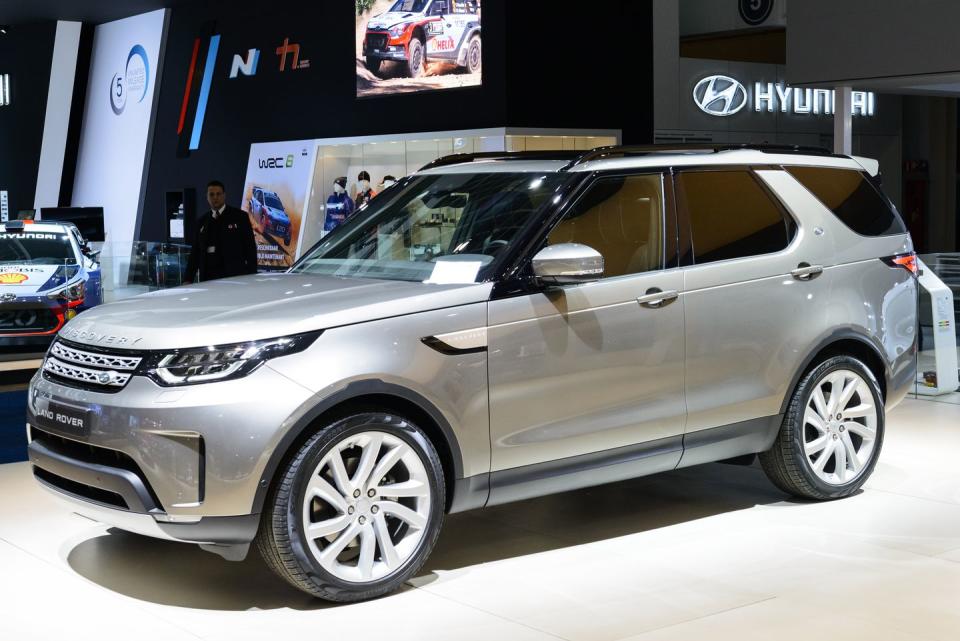Is Car Window Tinting a Good Idea?

Window tinting refers to the process of applying a thin laminate film to a vehicle's glass in order to darken it. The reasons people choose to tint the windows of an automobile vary. These might include privacy or security; protection from UV rays including UVA, the ones responsible for causing skin cancer; and reducing interior heat or glare from the sun. Of course, there are purely aesthetic reasons as well. It doesn't hurt that some people think tinted windows look cool, like celeb-style sunglasses for your car.
A Window Tint Can Reduce UV Radiation
While the standard glass used in car windows can block some UV radiation, a window tint of good quality from a reputable manufacturer -if applied correctly-can help increase protection from ultraviolet radiation. It can also help preserve the interior of your car, including the upholstery, carpeting, and dashboard, which can be degraded over time by exposure to sunlight.

Tint levels vary greatly and can change the amount of light coming through the windows and how well you can see out. Every state has its own regulations and laws pertaining to the level of darkness it allows for automotive windows. The amount of light that can pass through your window is referred to as variable light transmission, or VLT. Each state has different regulations concerning VLT percentage, so it's a good idea to check local laws concerning what you're allowed to do.
In addition to blocking UVA radiation, a window tint can provide a couple of safety and security benefits. In an accident, tint can actually help hold shattered glass in place or reduce the amount of shattered glass. Darkened windows may also hide or obscure articles left in your car, which may deter a thief.
While most tints are dark films, there are clear and transparent versions such as 3M's Crystalline Series. According to 3M, its clear window covering is actually a form of nanotechnology consisting of 200 layers of optical film stacked into a coating thinner than a Post-it note. The maker claims the Crystalline Series rejects up to 60 percent of solar energy and 97 percent of heat-producing infrared rays-although 3M doesn't cite minimum protection levels. The company also says that the clear "tint" blocks up to 99 percent of UV radiation (again, without citing a minimum level) and provides an SPF factor of 1000.
Generally, you can't tint an entire windshield, but a tint bar that runs across the top of the windshield is allowed in some states. In California, for example, a transparent bar up to five inches is allowed at the top of a windshield. In Illinois and Alabama, a bar of six inches is allowed. In Michigan, any amount of tint is allowed on the rear side windows and rear window.

Do You Really Want to Do It Yourself?
The process of applying window tint can take between one to four hours, sometimes more, and can get expensive. A basic tint can be done for $100, while a high-quality job can range up to $800.
It's possible to do it yourself to save the cost of labor, but there are some issues to consider before you decide to apply a tint to your car yourself versus allowing a professional to handle it. The most obvious positive to taking the the DIY route is that it's cheaper. If you're handy, patient, and have a clean area in which to work (such as a garage with little to no dust), applying tint isn't especially hard. Then again, an experienced professional can generally do a better job while saving you time. The work often comes with a guarantee or warranty, and they can make sure the tint is legal, helping you avoid a citation.
Now you know the basics. The choice to tint or not to tint is up to you.
('You Might Also Like',)

 Yahoo Autos
Yahoo Autos 